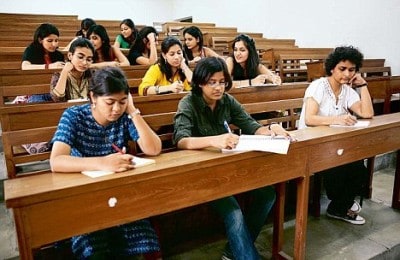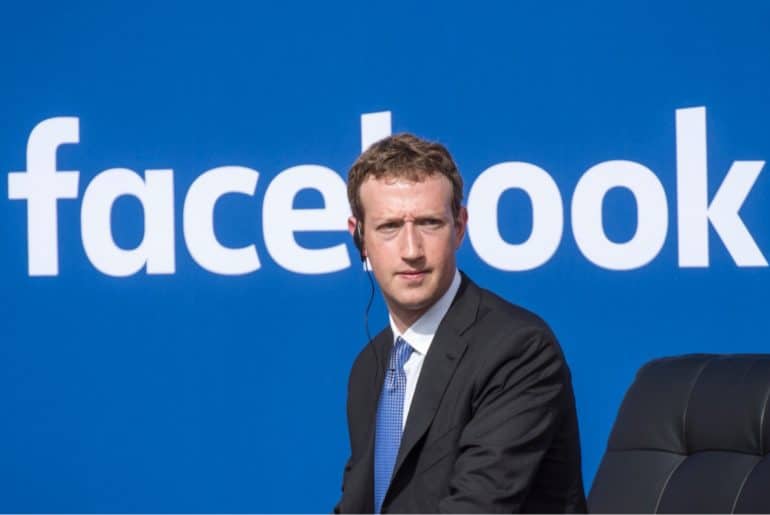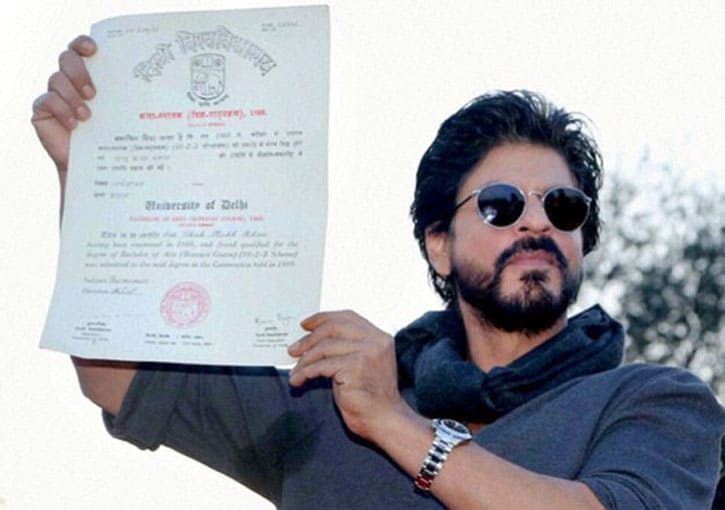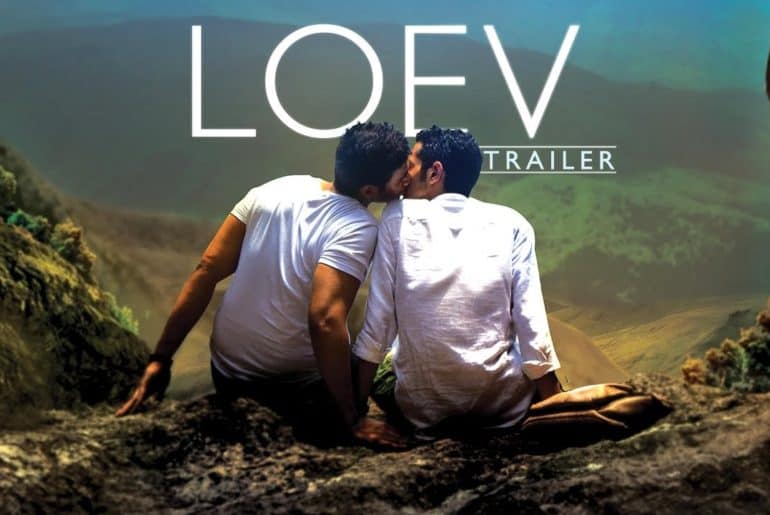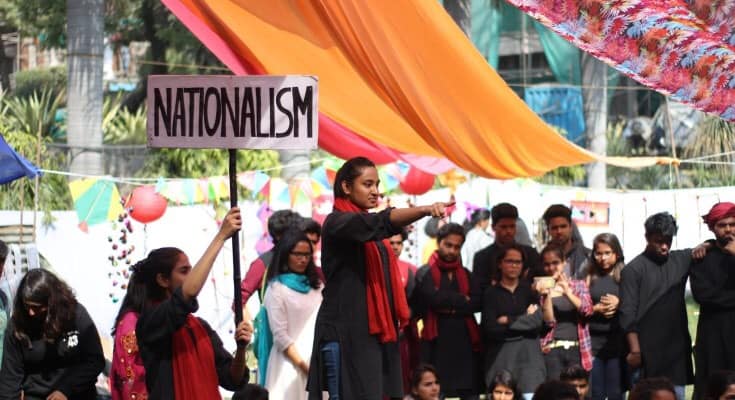DU has made some courses compulsory under the CBCS system that are supposed to enhance your abilities. However, there are infinetely may loopholes that make them more harmful than beneficial for students.
Under the CBCS syllabus, the third point of the University of Delhi (DU) website introduces the concept of Ability Enhancement Compulsory Courses (AECC) which are Environmental Science and English Communication/MIL Communication. (http://www.du.ac.in/du/uploads/Syllabus_2015/BAProgEnglish.pdf)
Though they are claimed to be easy courses that enhance the understanding and skills of students, there exist many loopholes that impede a student’s inclination to study these subjects.
Firstly, it is important to mention that it is in school itself that we become excited about college as we finally get to choose the subjects we want to study. However, once we are at college we come to realise that the torture isn’t over. It is hard to understand why some subjects are compulsory on the college level when it is the stage we should be specialising in our chosen fields. It is not sensible to believe that after almost 14 years of formal education, students have not learnt how to communicate or to take care of the environment. It is an underestimation of the students and the schooling system itself.
Furthermore, the subjects claim to be essential to mould our personality into a better one. However, it is important to remember that a change in mindset canbe achieved when a child is in the earlier stages of development. It would also make sense to be taught in the primary level if it is so essential as it can be considered an early start to knowledge.
Moreover, the syllabus of the subjects is vast and specialised, not with the purpose of increasing awareness and understanding.It adds to the burden of the studies. There are formulas, complex compound names, etc that an individual can do without, and at the same timebe sensitive to his/her surroundings.
Inspite of that, it is not a pass subject. It adds in the final GPA of a student and is a reflection of the marks of the subjects that a graduate didn’t choose for herself/himself. More often than not, it brings down the percentage by a large margin This does not only affect the studies but the future prospects of the students, too. Therefore, in this world of competition, it is an added burden that doesn’t let the students reach their full potential and ends up reflecting badly on the CVs.
Heeya Khanna, an English Honours student from Miranda House, like many other students, claims that AECC subjects are “Outdated, a wastage of time and repetition of what we had been taught in school.”
With so many students who agree with this thought, it is important that the authorities pay heed to this collective opinion to either scrap or make amends in the syllabus.
Feature Image Credits: Daily Mail
Khyati Sanger
[email protected]

